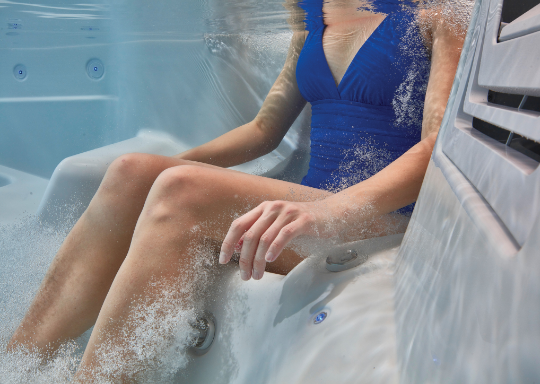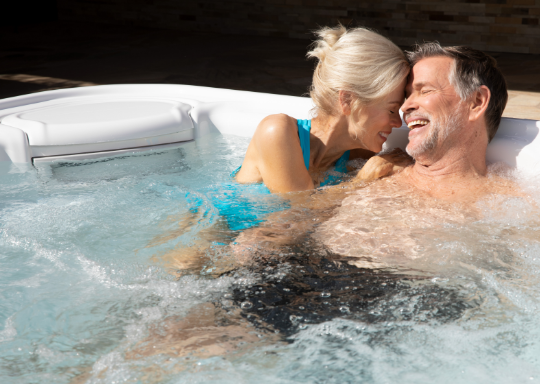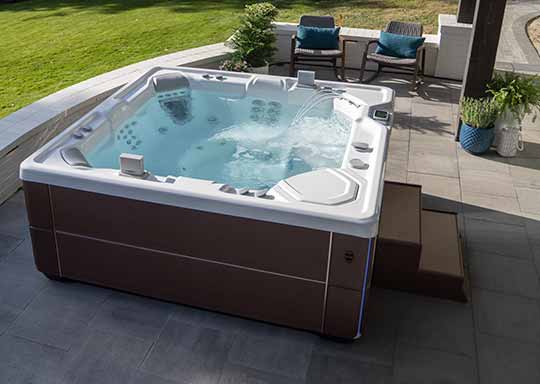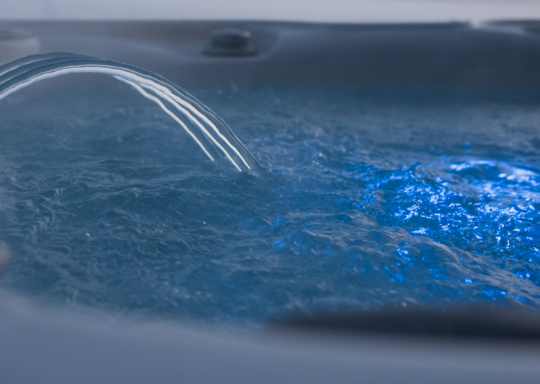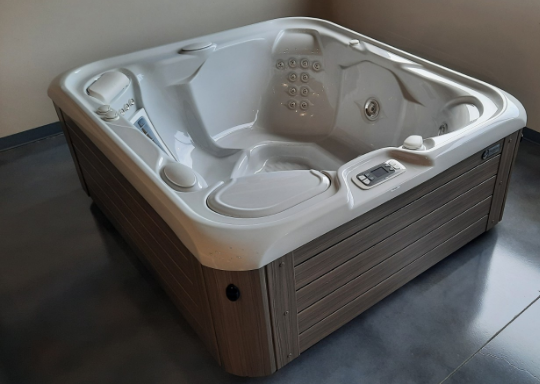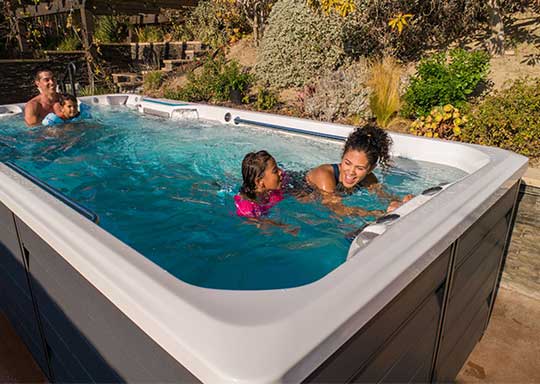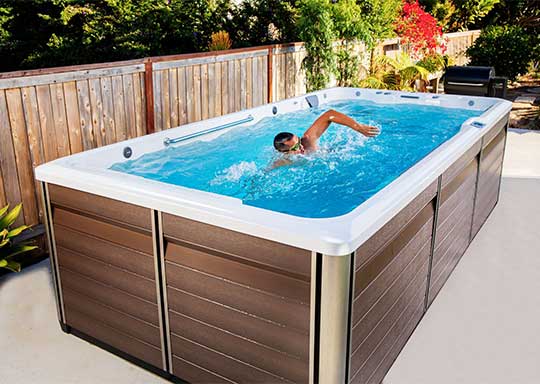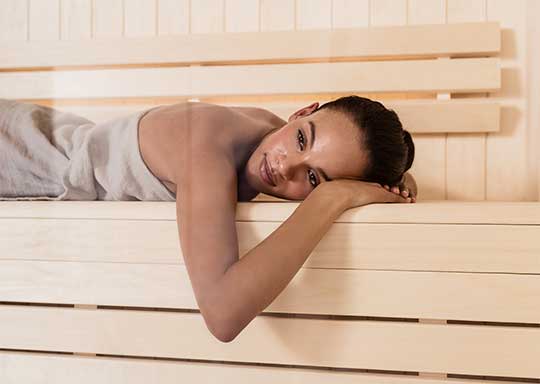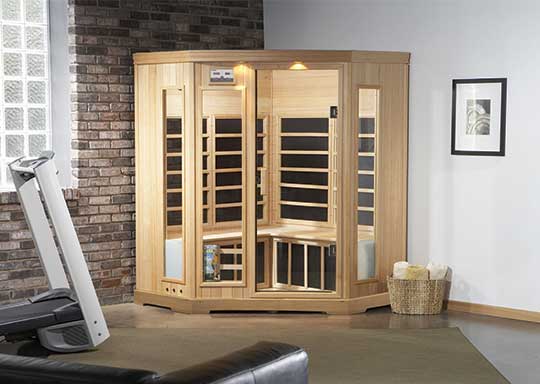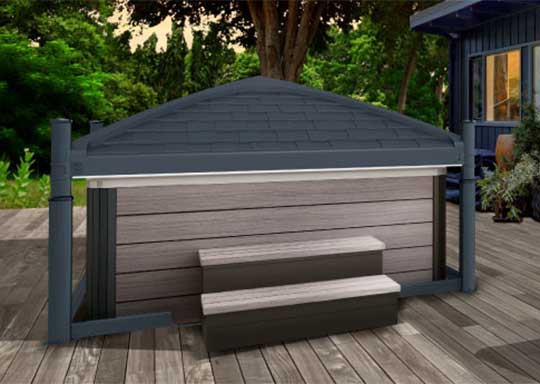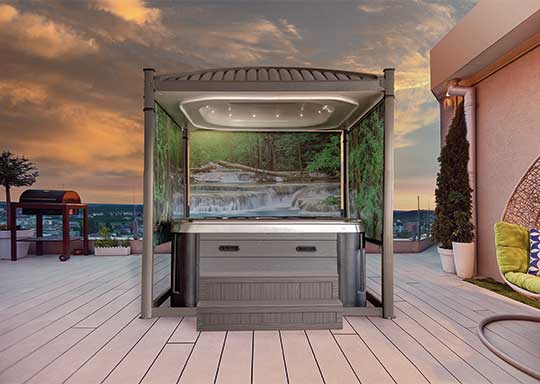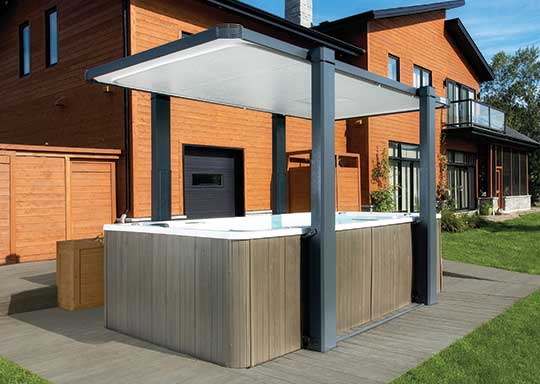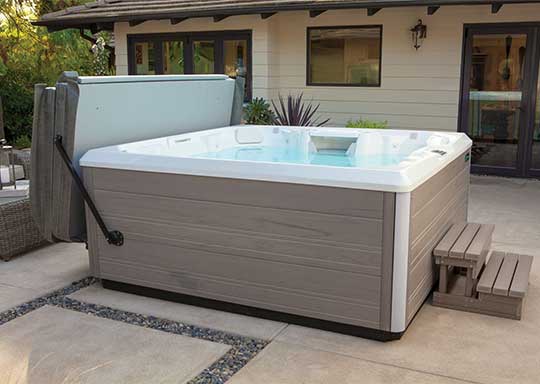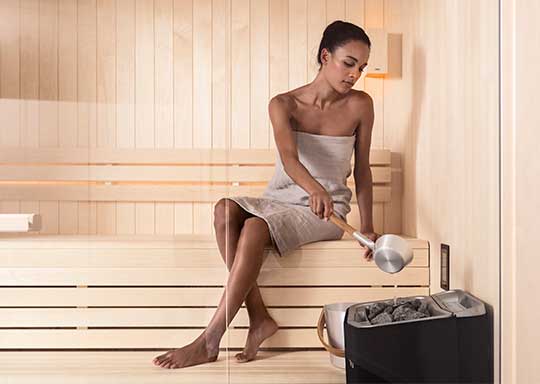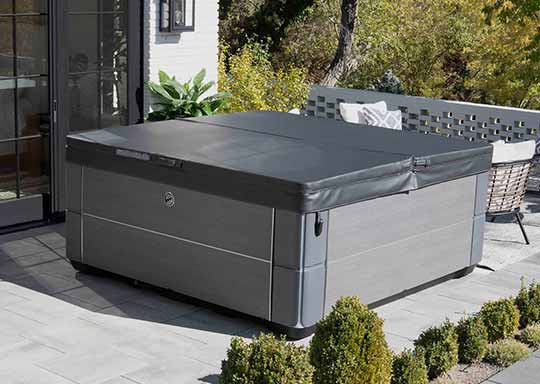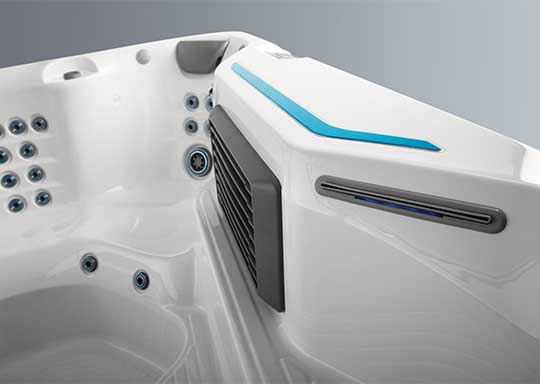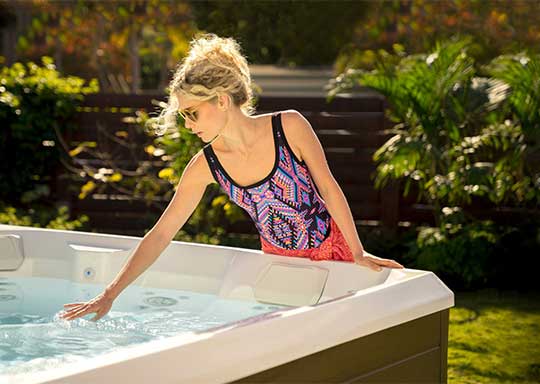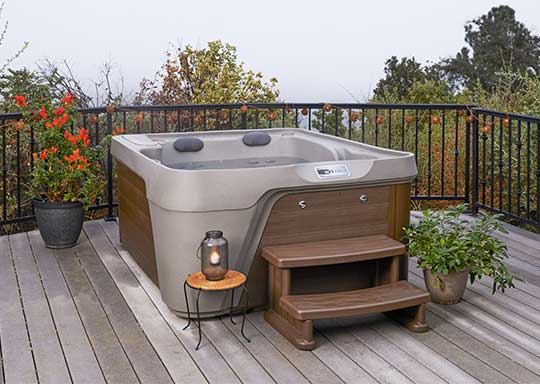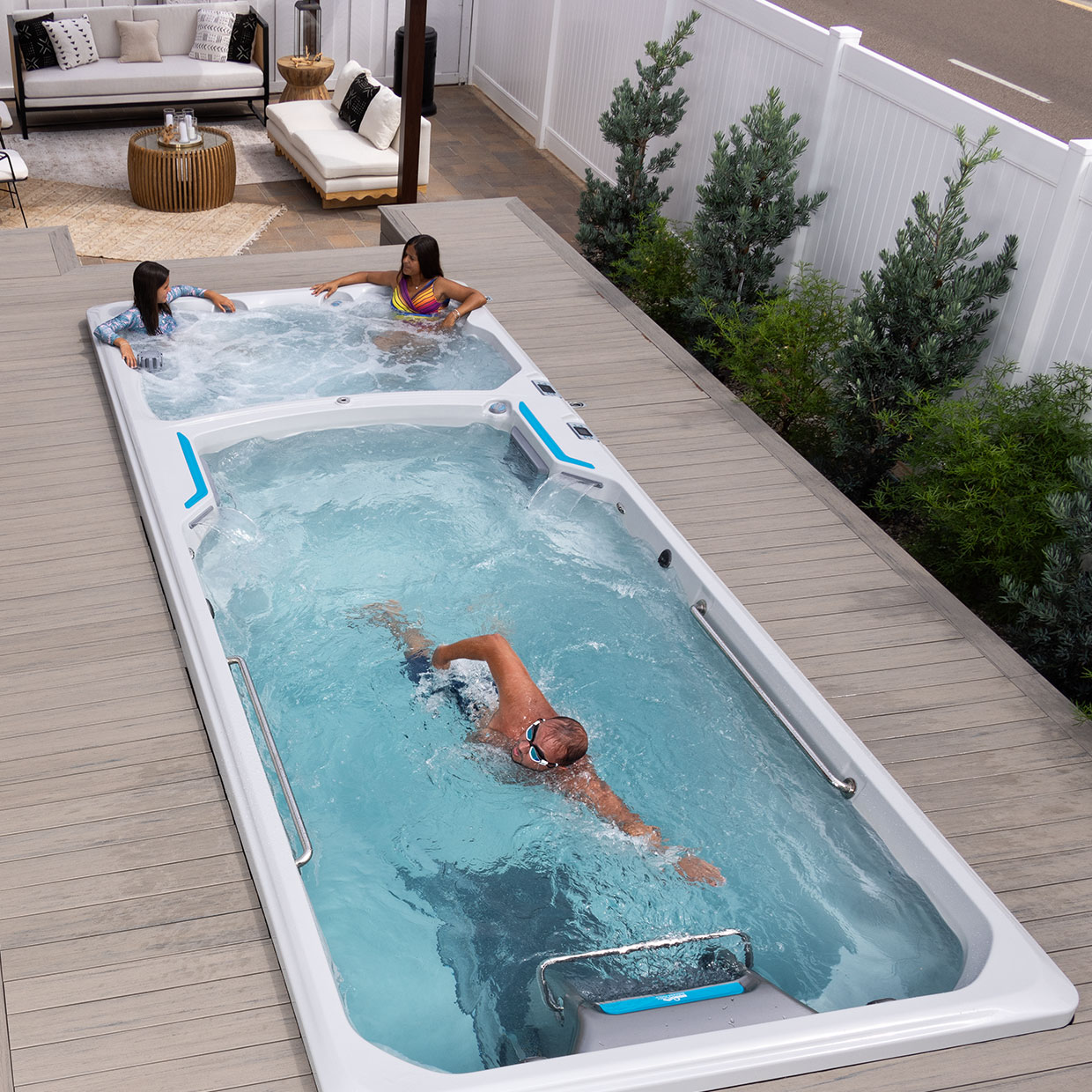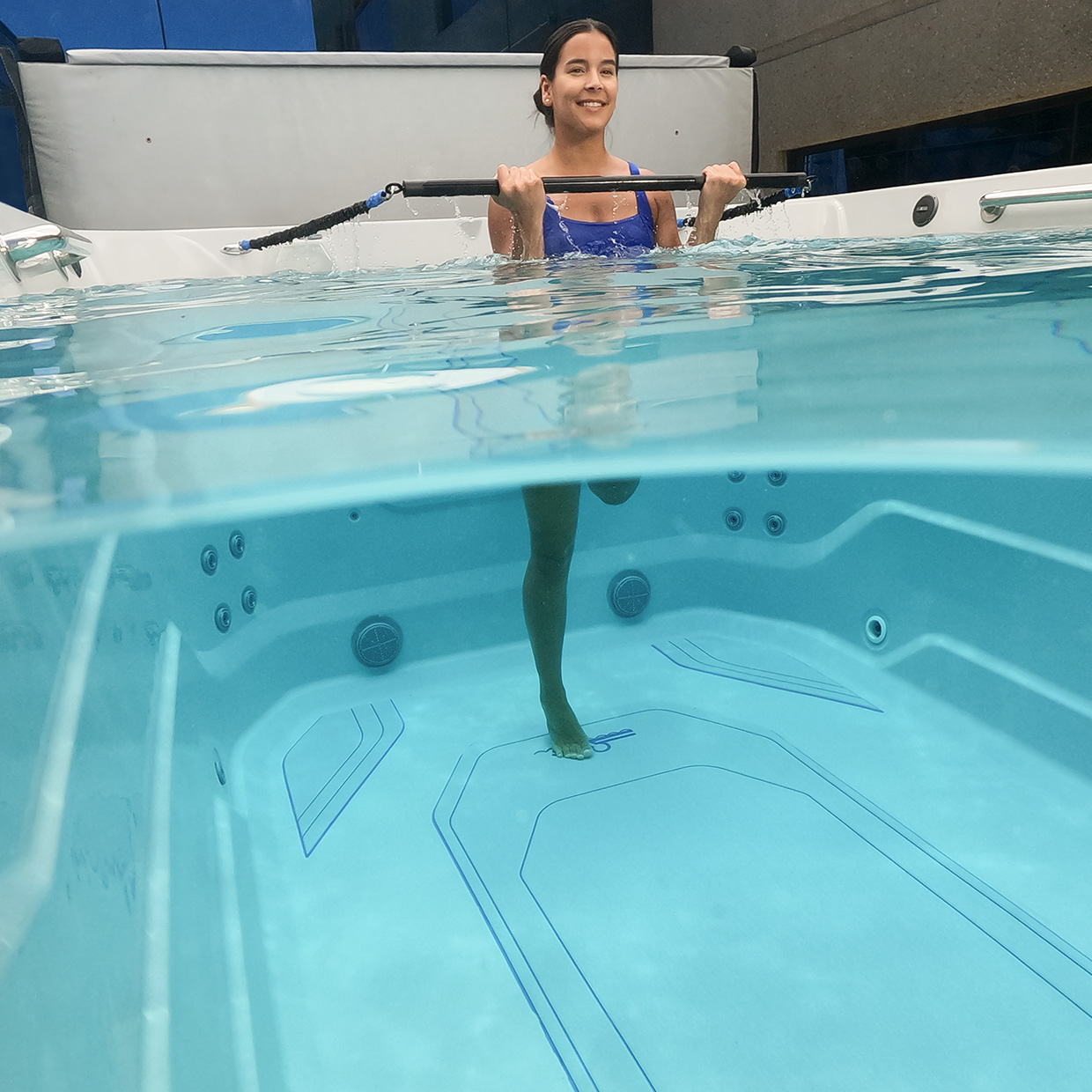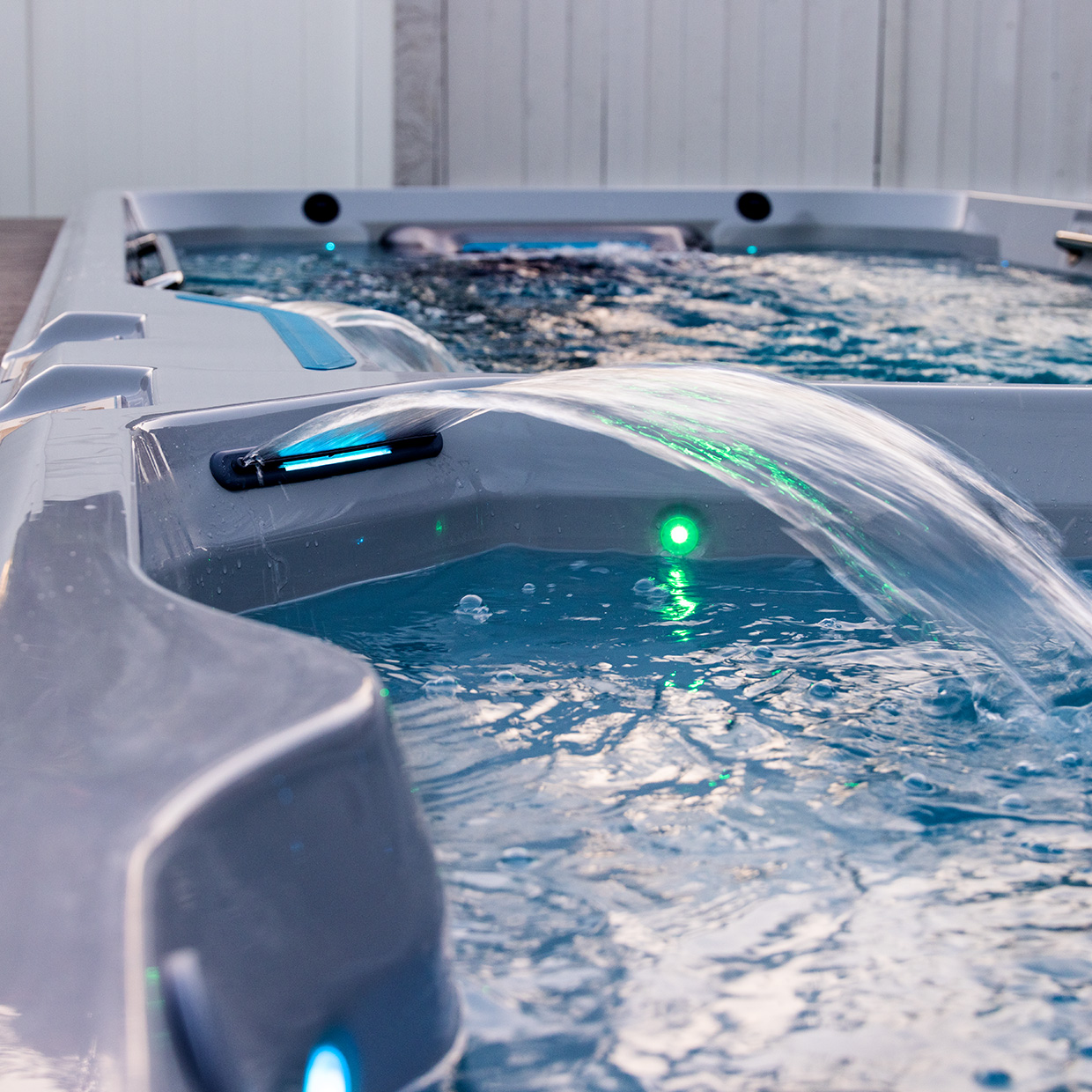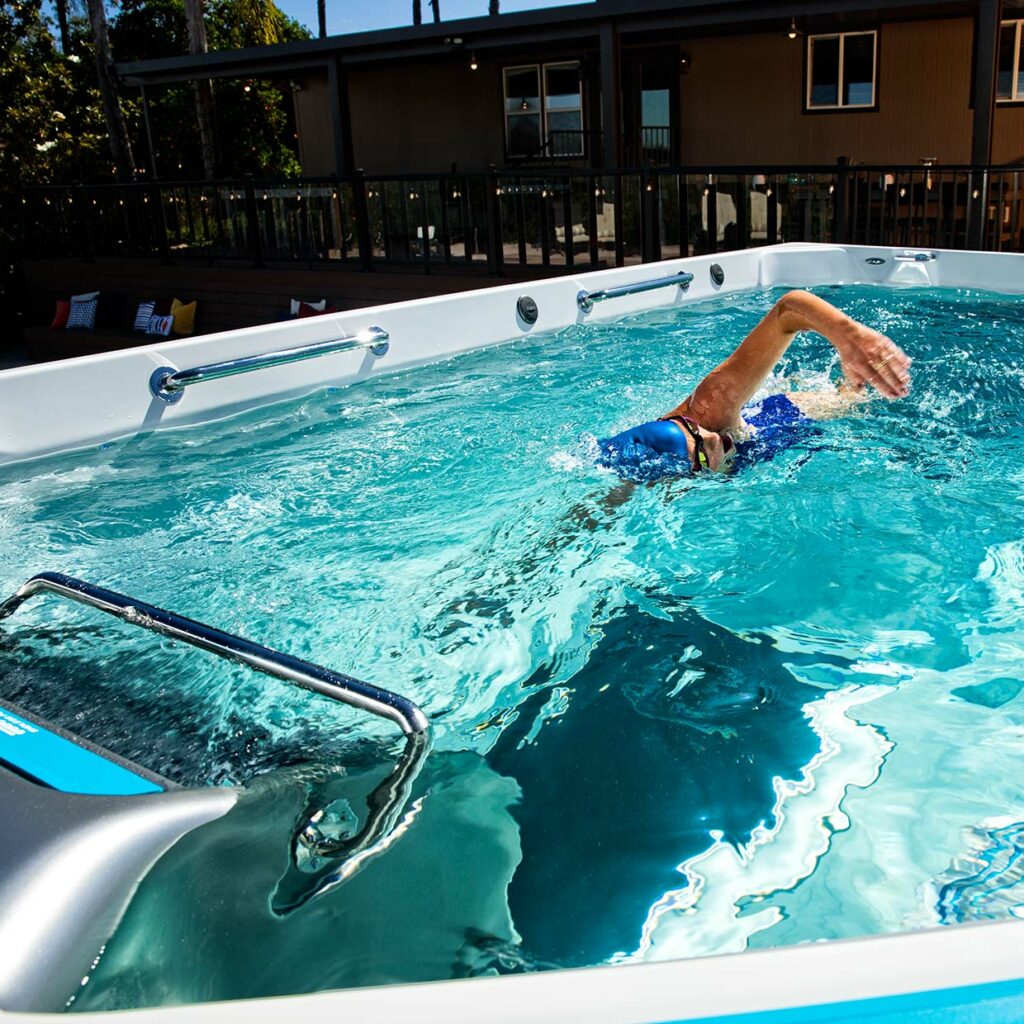
Swim Spa vs. Swimming Pool: Which is right for you?
Why choose a hot tub or pool when you can have both? A swim spa is a spa and pool in one and provides all of their combined health and recreation benefits at a reduced cost and with far less upkeep.
When contemplating a swim spa vs traditional inground pool or above-ground pool, many people weigh a variety of factors to decide which option is right for them and their family. Both offer similar wellness benefits, including improved sleep, weight loss management, injury recovery, and disease prevention, but there is so much more to consider.
Below, we break down all of the swim spa vs pool pros and cons to make the choice easy for you.
Backyard Size
Swim Spa
- Their compact size makes them perfect for small backyards.
- They can also be placed on a load-bearing deck or patio.
Pool
- You’ll need a large lot.
- It will take away from space for kids to play, pets to roam, and for gardening and outdoor hobbies.
Budget
Swim Spa
- Endless Pools™ swim spas are significantly less than traditional pools and can range from $28,000–$40,000, only requiring a dedicated CFGI hookup and poured concrete pad or load-bearing deck.
- You can take it with you if you move, so you will never lose your investment.
Pool
- In-ground pools usually cost between $28,000–$55,000, with some designs topping $60,000 or more (depending on type, shape, size, customization, and where you live). Required permits, landscaping, and fencing increase this cost.
- Home value will likely only increase by about 7% at most under ideal circumstances, so you lose money if you move.
Installation Time
Swim Spa
- One can be installed in a few hours and ready to use in under 24 hours. It can’t get any easier than that.
- If you move, bringing it to your new home and reinstalling it will be a snap!
Pool
- An above-ground pool can take 1–3 days to install, fill, and get up and running.
- An in-ground pool can take 7–21 days.
- In-ground pools often experience delays due to weather, permits, and inspections and cause many owners to lose half the swimming season.
Operating Costs
Swim Spa
- Chemicals to keep your spa in top shape are only a fraction of what it costs to maintain a pool at $15–$30 a month.
- When comparing swim spa vs pool cost, you’ll spend $50–$100 a month on energy costs, which is about half the cost of a traditional pool.
Pool
- It can cost up to 10% of the initial installation to operate a pool each year.
- Monthly electrical costs can run up to $50 for the pump and $250 for heat.
- A pool service company can tack on $1,800 more.
- Liability insurance can increase total upkeep cost by $25 a month.
- The cost to open a pool at the beginning of the season can run up to $350, while closing it come fall is an additional $300.
- Yearly property tax will go up about 7% as well.
Maintenance
Swim Spa
- You only need to add a few chemicals weekly to maintain cleanliness due to its effective filtration system and the antimicrobial nature of the swim spa shell.
- Depending on how often you use your spa, you should also change your water every 4–6 months.
Pool
- You must add chemicals weekly to make water safe for swimming.
- Frequent brushing of the surface to discourage algae growth is also necessary.
- You need to skim the surface of the pool to remove leaves and floating debris weekly.
- You need to vacuum the bottom of the pool to remove dirt and heavier debris weekly.
- You have to drain your pool each fall and fill it each summer, which can take an entire day.
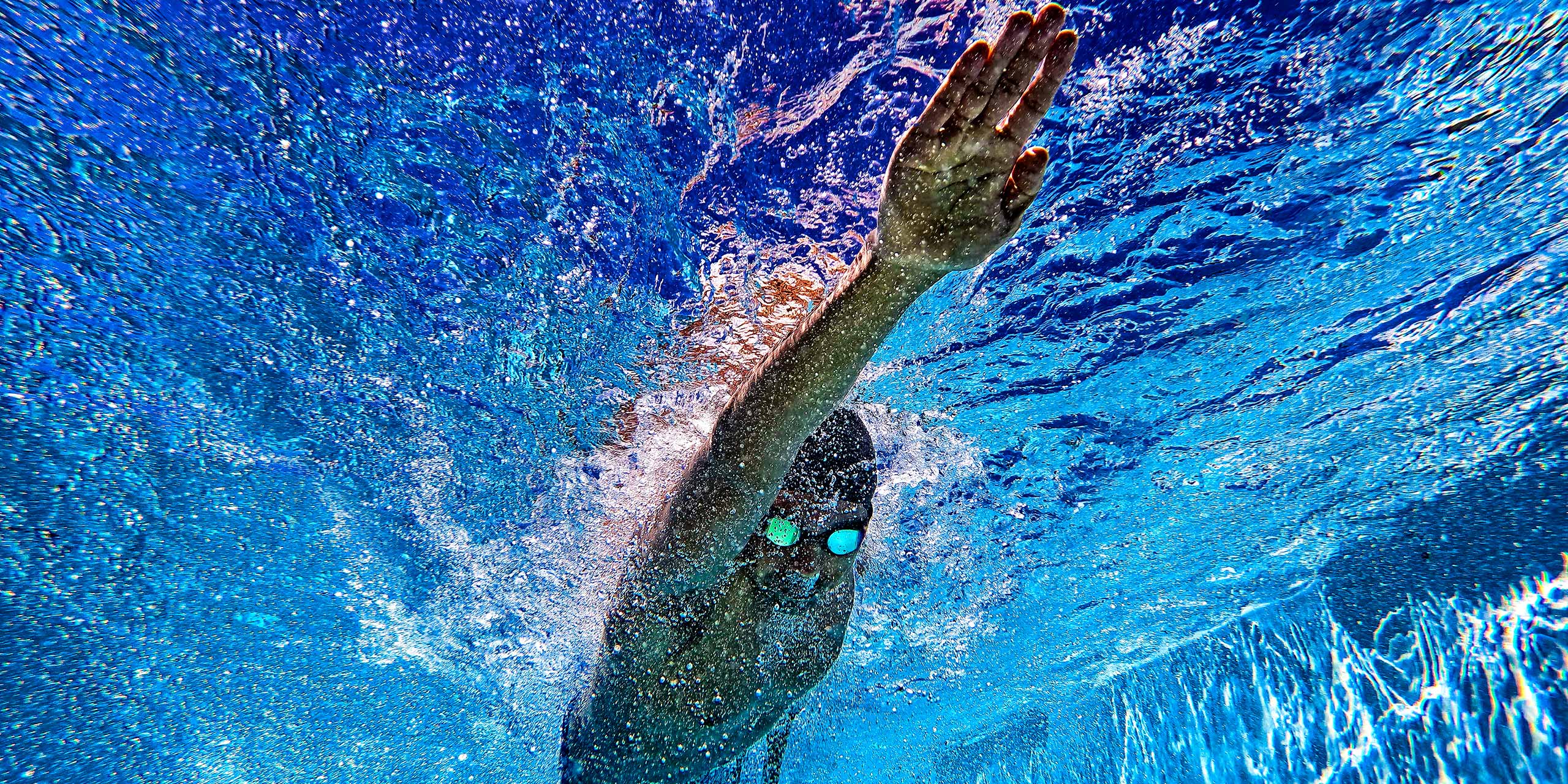
Features
Swim Spa
- Adjustable resistance current for swimming and strength conditioning
- Underwater treadmill for rigorous aquatic workouts
- Powerful jets for soothing hydromassage
- Ergonomic seating
- LED lighting
- Stylish steps
- Stunning exterior
Pool
- Slide or diving board option at additional cost
- Swim-up bar option at additional cost
- LED lighting
- Stairs
Fitness and Recreational Use
Swim Spa
- Some models can fit up to ten adults.
- Powerful currents provide an intense swimming and aquatic workouts.
- Custom jets give relaxing and popular back and full-body massages.
- The smaller size encourages intimacy, conversation, and deeper and more meaningful relationships.
- It’s easier to keep an eye on small children also enjoying the spa with you.
Pool
- When considering swim spa vs small or large pool, the traditional pool can fit more people when entertaining.
- They allow for resistance-free swimming.
Seasonal Use
Swim Spa
- When comparing swim spa vs plunge pool, the former can be enjoyed year-round due to its insulation and built-in heating system
Pool
- A pool can be used only during the warm summer season.
- You can purchase a heater to extend this time—but energy costs can be prohibitive at several hundred dollars a month.
Today, more and more people are choosing the dual wellness and recreational benefits and ease of ownership of the swim spa when debating swim spa or pool. Swim spas provide superior features and save both time and money so you can invest in your family’s future health and happiness. It’s easy to understand why swim spas are a favorite of Olympians and top athletes, who need the right fitness system to keep them at the top of their game both physically and mentally. Now you can enjoy those perks, too!

